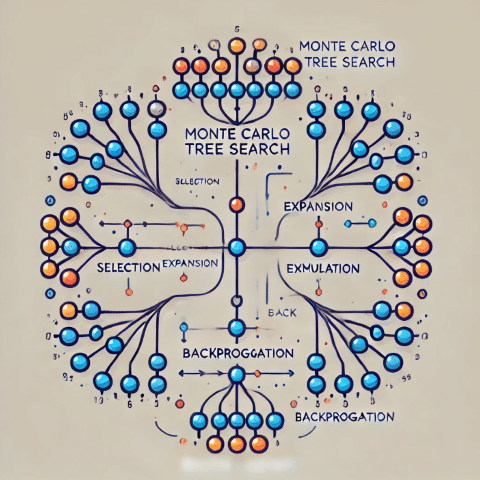Anyone who has ever tried to beat a computer at chess knows that this is not an activity for the faint of heart. Artificial intelligence (AI) has advanced so much in this field that even the most famous grandmasters often lose. But what is behind this technological miracle? Why are computers so good at a game with thousands of strategies and billions of possible moves? Today we will look at how computers play chess and what is hidden behind their powerful algorithms.
A bit of history: from Turk to Stockfish
Chess algorithms have come a long way since their inception. The first “chess automaton” was the Turk, an 18th-century mechanical device that fooled spectators into thinking it could beat a human.
In fact, there was a live chess player inside the Turk, but this was the first step towards creating chess machines.
Already in the 1950s, the first attempts to program chess AI laid the foundation for modern chess engines such as Stockfish, AlphaZero and others.
How does a chess engine work?
Chess programs operate using complex algorithms that evaluate the board position and select the best possible move. Let’s look at some of the key elements that make a computer player a truly formidable opponent.
1. Enumeration of possible moves
Chess AI calculates many options for each move, not just one but dozens (and sometimes hundreds) of moves ahead. This process is known as brute force
The machine uses what’s called a “move tree” – a diagram where each node represents a possible state of the game, and the branches represent different moves. The further down the move tree the computer can look, the more accurate the moves it chooses.
2. Minimax algorithm
Minimax is the basic algorithm on which most chess programs are built. It works on the principle of “optimal worst outcome” – the computer tries to make a move that minimizes the opponent’s maximum gain.
Let’s imagine that the computer is playing white. The minimax algorithm will choose moves that will give white the minimum loss, or, conversely, the maximum gain, regardless of black’s response.
But minimax has one “drawback” : if the algorithm calculates all possible options, it can take too much time. To speed up the process, developers use additional optimization methods.
3. Alpha-beta pruning
Alpha-beta pruning is a method that helps the AI avoid having to consider every branch in the move tree. If the algorithm sees that a move might be obviously bad, it stops considering it and moves on to other options. This significantly reduces processing time, leaving only those options that make sense.
4. Heuristics and position evaluation
In chess, it’s not enough to just know what move to make next – you need to understand how each move brings you closer to victory. This is where positional assessment comes in .
Each move is evaluated for its impact on control of the center, the number of pieces, the king’s position, and even potential attacks. Heuristics allow all these aspects to be evaluated, assigning each position a score. The higher the score, the better the position from the machine’s point of view.
Modern Algorithms: From Classics to Neural Networks
While traditional methods like minimax and alpha-beta pruning remain the mainstay, modern AIs like AlphaZero have gone even further by applying neural networks .
AlphaZero is one of the most advanced systems that was able to beat the best chess engines, and learned to do this in just a few hours by playing against itself.
1. Monte Carlo Tree Search
AlphaZero uses Monte Carlo search trees , a method that helps the AI focus on the most likely winning moves. Unlike the classic minimax, the Monte Carlo approach does not calculate every branch, but chooses the most likely and profitable paths.

Monte Carlo Tree Search
2. Reinforcement learning
Instead of simply following the rules like traditional chess engines do, AlphaZero learns using reinforcement learning .
In short, the AI gets positive reinforcement for winning moves and negative reinforcement for losing ones. This allows it to improve with each new game, making it virtually invincible.
How Computers “Think” Like Humans
You may have noticed that modern chess AIs play not only accurately, but also “creatively”. This is possible due to their ability to learn from experience and look for unconventional moves. And yet, there is a difference: while people often rely on intuition and experience, computers follow clear mathematical algorithms and proven strategies. For them, there is no emotion or fatigue – they simply go towards their goal.
Why is it almost impossible to beat AI?
The computer plays objectively and consistently. It has no favorite pieces, and it doesn’t care whether it wins in 10 moves or 100. It doesn’t make impulsive decisions or mistakes. Moreover, thanks to its computing power, the computer can “survive” situations where a human loses focus. This makes chess programs the toughest opponents.
However, this does not mean that a person cannot enjoy playing with a computer. Even if the chances of winning are minimal, it is a great way to improve your skills and gain a deeper understanding of the logic of chess.
So, if you ever decide to challenge a chess AI, remember: the machine knows no fatigue and no mistakes. But it also knows no joy of victory. We will always have this small advantage.